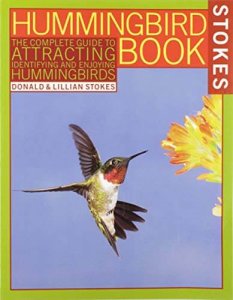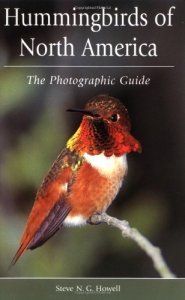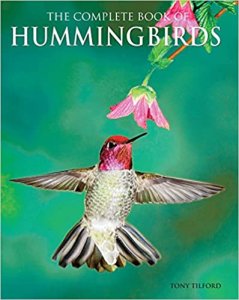Background On Hummingbirds
Hummingbirds are one of the smallest bird species on the planet, yet they possess unique characteristics that make them stand out from other birds.
From their ability to hover in mid-air to their vibrant plumage and fast metabolism, these tiny creatures have fascinated scientists and birdwatchers alike for centuries.
1. Evolution And Diversity
Hummingbirds (family: Trochilidae) are believed to have evolved in South America over 22 million years ago, and today there are over 300 species found throughout the Americas.
This diverse group of birds showcases a wide range of sizes, shapes, and behaviors, making them a fascinating subject of study for researchers and bird enthusiasts alike.
2. Physical Characteristics
Hummingbirds are known for their small size, with some species measuring just a few centimeters in length and weighing less than a penny.
They have unique physical characteristics, including iridescent feathers, long and slender bills, and rapid wing beats that allow them to hover in mid-air and fly in any direction.
3. Geographic Distribution
Hummingbirds are primarily found in the Americas, from Alaska to Tierra del Fuego.
They are most diverse in South America, with the Andes being a particularly rich area for hummingbird species.
4. Ecological Importance
Hummingbirds play a significant ecological role as pollinators, particularly for plants with tubular flowers that are inaccessible to other pollinators.
They also serve as a food source for predators, such as hawks and snakes, and are a major indicator species for the health of their ecosystems.
Hummingbird Behavior
Hummingbirds are known for their unique behaviors, from acrobatic flight patterns to aggressive territoriality.
By studying hummingbird behavior, researchers have gained insights into the ecology and evolution of these fascinating birds and have uncovered some surprising discoveries about their social lives and communication methods.
1. Flight Behavior And Adaptations
Hummingbirds are renowned for their incredible flight abilities, including hovering in mid-air and flying in any direction.
Their wings are specialized for hovering flight, with a figure-eight pattern that allows for sustained hovering and rapid acceleration. In contrast, their small size and low weight allow for increased maneuverability.
2. Feeding Behavior And Diet
Hummingbirds are primarily nectarivores, feeding on the nectar of flowers using their long and slender bills.
They also supplement their diet with small insects and spiders, which they catch while in flight or by gleaning from vegetation.
3. Breeding Behavior And Reproduction
Hummingbirds are known for their unique breeding behaviors, including complex courtship displays and nest-building techniques.
Females are solely responsible for building the nest and raising the young, typically laying one to three eggs and feeding the hatchlings a diet of regurgitated nectar and insects.
4. Social Behavior And Communication
Despite being solitary birds, hummingbirds exhibit complex social behaviors, including territoriality and aggressive interactions between males during the breeding season.
They also use vocalizations and visual displays, such as tail flicking and head bobbing, to communicate with one another.
Click the images below to learn more about hummingbirds’ anatomy & behavior:
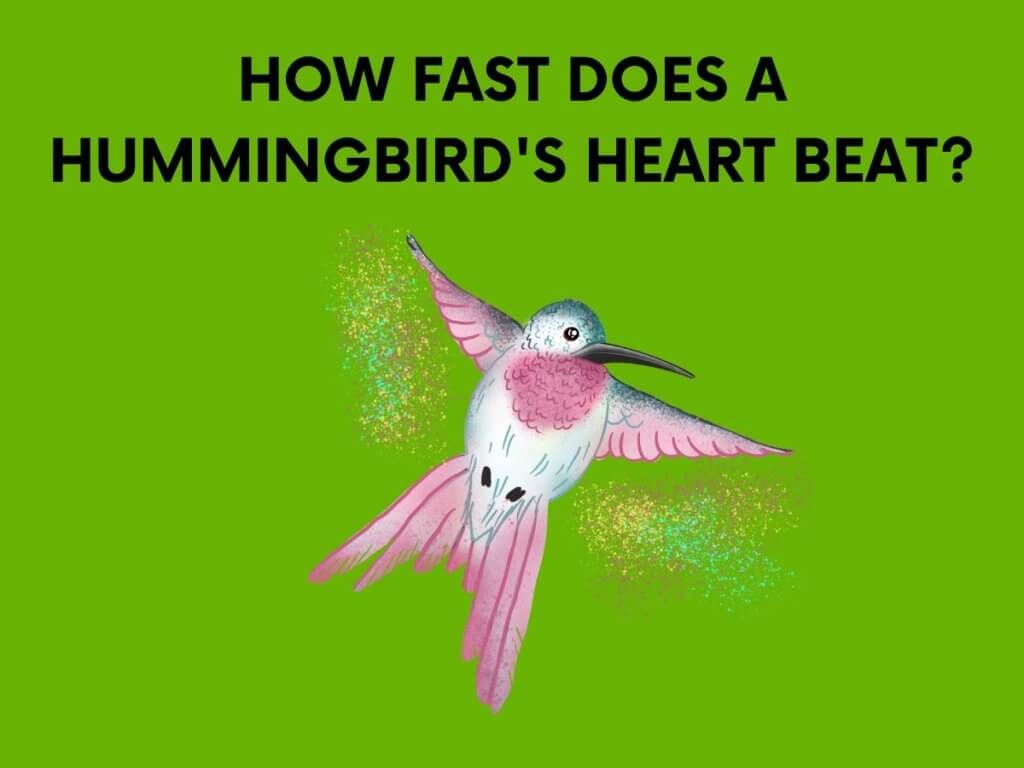


Biology Of Hummingbirds
Hummingbirds are a unique group of birds that have captured the attention of researchers and bird enthusiasts alike.
Their small size, rapid flight, and specialized feeding behaviors have inspired a wealth of research on their biology, from their evolutionary history and genetics to their ecology and behavior.
1. Anatomy And Physiology
Hummingbirds have several unique anatomical and physiological adaptations that allow them to survive in their specialized ecological niche.
These include specialized musculature and bone structure to support their high metabolic rate and unique wing morphology for efficient hovering flight.
2. Metabolism And Energy Expenditure
Hummingbirds have the highest metabolic rate of any bird species, which is necessary to sustain their hovering flight and increased activity levels.
Their energy expenditure is also remarkably high, with some species consuming up to twice their body weight in nectar and insects daily.
3. Migration And Navigation
Many hummingbird species are known to migrate, with some traveling thousands of miles each year between their breeding and wintering grounds.
Despite their small size, they have remarkable navigational abilities, using the earth’s magnetic field, landmarks, and celestial cues to guide their journeys.
4. Life Cycle And Lifespan
Hummingbirds have a relatively short life cycle, with some species living only a few years in the wild.
They have a rapid growth rate, with some species fledging as early as 3 weeks after hatching, and are sexually mature within a year.
Types Of Hummingbirds
With over 300 species throughout the Americas, hummingbirds are a diverse and fascinating group of birds.
From the tiny Bee Hummingbird to the colorful Sword-Billed Hummingbird, this group showcases a wide range of sizes, shapes, and plumage patterns that capture the attention of birdwatchers and nature enthusiasts alike.
1. Ruby-Throated Hummingbird
The Ruby-Throated Hummingbird is a small but brightly-colored bird found throughout much of eastern North America.
This species is known for its distinctive ruby-red throat patch on males, used in courtship displays and territorial defense.
2. Anna’s Hummingbird
Anna’s Hummingbird is a medium-sized hummingbird found along the western coast of North America, from Alaska to Mexico.
It is known for its distinctive iridescent green feathers and is one of the few hummingbird species that survive in colder climates.
3. Rufous Hummingbird
The Rufous Hummingbird is a small but feisty bird found in western North America, with a range that extends from Alaska to Mexico.
It is known for its aggressive behavior and long migration route, which takes it from its breeding grounds in Alaska and western Canada to its wintering grounds in Mexico and Central America.
4. Other Species And Subspecies
Some other notable examples of hummingbird species include the Blue-Throated Hummingbird, the Long-Tailed Sylph, the Violet-Crowned Hummingbird, and the Giant Hummingbird, among many others.
Each species has its own distinct range, habitat preferences, and physical and behavioral adaptations to survive in its respective environments.
Attracting And Feeding Hummingbirds
Attracting and feeding these small but fascinating birds is a rewarding experience for those interested in observing their feeding behaviors up close.
It is also a useful way to support their conservation efforts.
1. Choosing The Right Feeder
When choosing a feeder for your hummingbirds, you must consider capacity, ease of cleaning, and durability.
Look for feeders that are made of glass or plastic and have bright colors or designs that will attract hummingbirds.
Click the images below to learn more:
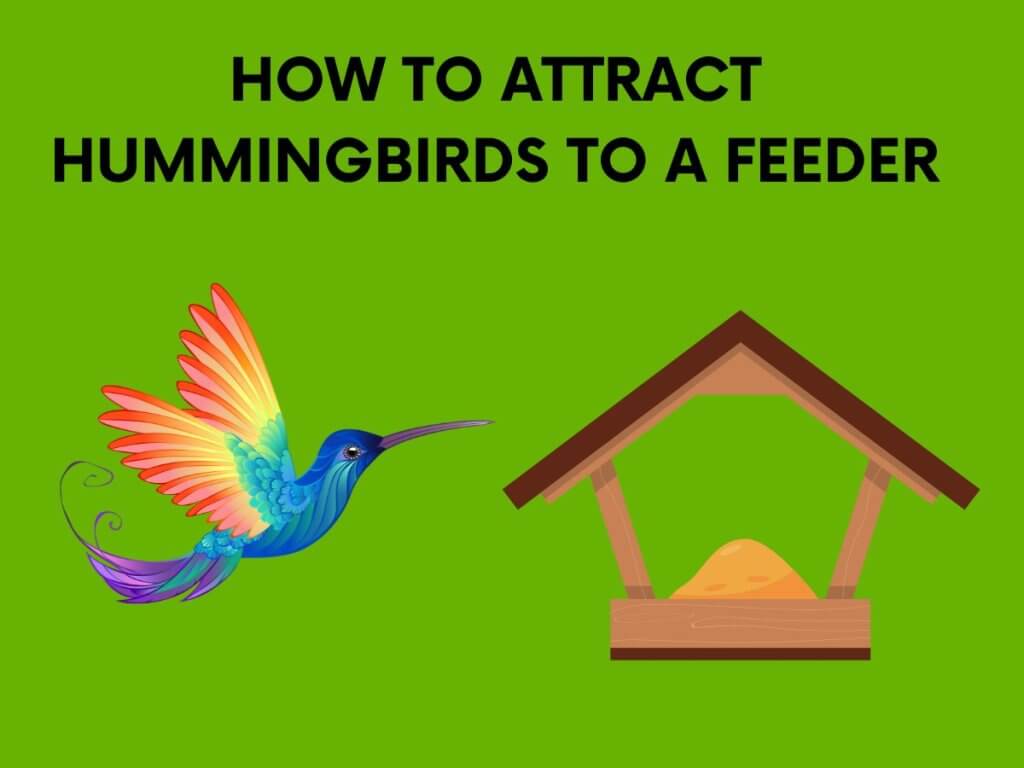


2. Selecting The Right Food
Hummingbirds require a diet high in sugar and calories to fuel their high metabolic rates and active lifestyles.
When selecting food for your hummingbirds, look for nectar or sugar water solutions that mimic the natural nectar found in flowers. Avoid using honey or artificial sweeteners, which harm these birds.
3. Maintaining The Feeding Station
Maintaining a hummingbird feeding station is crucial for ensuring the health and safety of these birds. You should regularly clean and refill feeders to prevent the growth of harmful bacteria or mold and to keep the area around the feeder clean to prevent the spread of disease.
Additionally, it is recommended to change the nectar solution every few days, especially in hot weather, to prevent fermentation and spoilage.
4. Providing Nesting Materials And Habitat
Providing nesting materials and creating a suitable habitat attracts hummingbirds to your yard and offer them a safe and comfortable place to breed and raise their young.
Hummingbird feeders do a great job of attracting these tiny birds to your backyard, although they prefer nesting in trees or shrubs that provide cover and protection from predators. They construct their delicate nests using spider silk, moss, and lichen.
Conservation Of Hummingbirds
Hummingbirds are beloved for their colorful plumage, rapid flight, and unique behaviors, but many species of these birds are threatened by habitat loss, climate change, and other human activities.
Therefore, the conservation of hummingbirds is a priority for researchers, conservationists, and nature enthusiasts alike.
1. Threats And Challenges Facing Hummingbirds
Hummingbirds face various threats and challenges, including habitat loss and fragmentation, climate change, predation by domestic cats and other animals, and exposure to pesticides and other toxins.
Additionally, some species are threatened by hunting or capture for use in the pet trade, further endangering their populations.
2. Efforts To Protect And Conserve Hummingbirds
Efforts to preserve and conserve hummingbirds include habitat restoration and protection, public education and outreach, and research on the ecology and behavior of these birds.
Additionally, laws and regulations may be put in place to limit the hunting or capture of hummingbirds.
International treaties such as the Convention on Migratory Species provide a framework for coordinating border conservation efforts.
3. Citizen Science And Community Engagement
Citizen science and community engagement play an important role in the conservation of hummingbirds by allowing individuals and organizations to contribute data, resources, and expertise to conservation efforts.
This involves monitoring hummingbird populations, conducting outreach and education programs, and participating in habitat restoration and protection projects.
4. Opportunities For Individuals To Help
Individuals in the USA conserve hummingbirds by creating a hummingbird-friendly habitat in their own yards and participating in citizen science projects such as eBird or Hummingbird Monitoring Network.
They also support conservation organizations such as the American Bird Conservancy or the Hummingbird Society and advocate for policies that protect hummingbird habitats and reduce threats such as climate change and pesticide use.
Books To Read About Hummingbirds
Hummingbirds have long captivated people’s imaginations worldwide with their beauty, agility, and unique adaptations.
For those interested in learning more about these fascinating birds, many books are available that explore their biology, behavior, and conservation and their cultural and historical significance.
1. The Hummingbird Book By Donald And Lillian Stokes
The Hummingbird Book is a comprehensive guide to hummingbirds’ biology, behavior, and conservation, with beautiful photographs and detailed descriptions of each species.
The book also includes tips on attracting and feeding hummingbirds, making it a valuable resource for bird enthusiasts and conservationists.
2. Hummingbirds Of North America: The Photographic Guide By Steve N. G. Howell
Hummingbirds of North America: The Photographic Guide by Steve N. G. Howell is a stunning visual reference to all the hummingbird species found in North America, with detailed information on their identification, distribution, and behavior.
The book also includes tips on attracting and observing hummingbirds in the wild, making it an indispensable guide for bird watchers and nature lovers alike.
3. The Complete Book Of Hummingbirds By Tony Tilford
The Complete Book of Hummingbirds by Tony Tilford is an informative and beautifully illustrated guide to hummingbirds, with detailed descriptions of their biology, behavior, and habitat, as well as their cultural significance and history.
The book also includes practical advice on attracting and caring for hummingbirds, making it a must-read for bird enthusiasts and gardeners alike.
4. Other Recommended Books
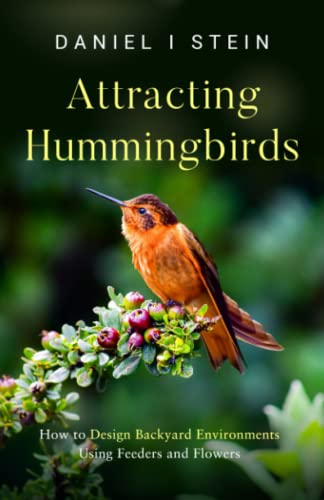
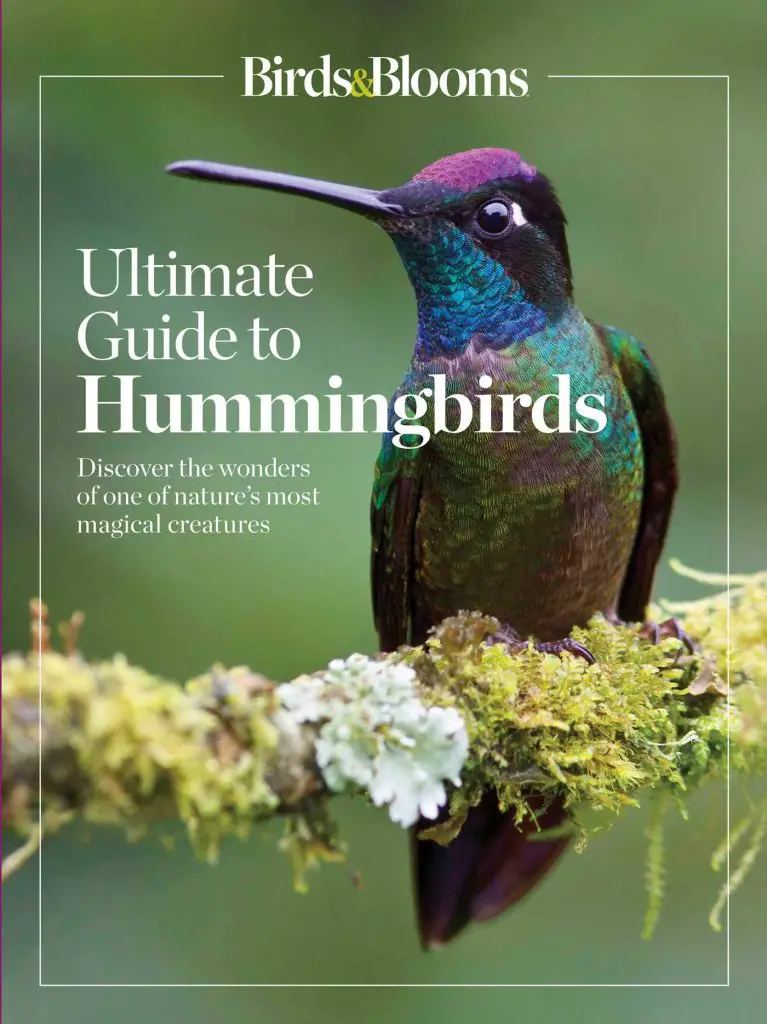
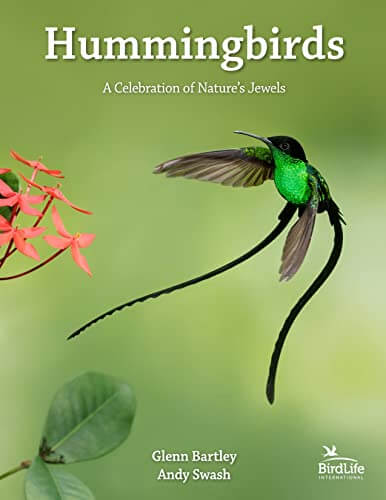
Hummingbirds In Culture And Art
Hummingbirds have appeared in the mythology, art, and literature of many cultures worldwide for centuries.
The following points explore the cultural and artistic significance of hummingbirds throughout history and across different regions of the world.
1. Mythology And Folklore
Hummingbirds have been featured in the mythologies and folklore of many cultures, representing various ideas such as love, beauty, agility, and endurance.
In some Native American cultures, hummingbirds are believed to be messengers between the living and the dead, while in South American folklore, they are associated with transformation and the afterlife.
2. Symbolism And Meaning
Hummingbirds have been used as symbols in various art forms, representing themes such as love, joy, energy, and vitality.
In some cultures, they are seen as symbols of good luck and happiness, while in others, they represent beauty, grace, and agility.
3. Artistic Representations
Hummingbirds have been a popular subject for artists throughout history, appearing in various forms of visual art such as paintings, sculptures, and textiles.
Many artists have been drawn to these tiny birds’ vibrant colors and delicate silhouettes, resulting in stunning, intricate depictions that capture their beauty and grace.
4. Hummingbirds In Literature And Poetry
Hummingbirds have also entered literature and poetry, often used as metaphors for fleeting beauty, speed, and agility.
They have been described as “jewels in flight” and “flying sunbeams,” capturing the imagination of writers and poets who seek to convey their ethereal and elusive nature through words.
Hummingbirds In Photography
Hummingbirds are fascinating creatures to observe in the wild and present a unique and exciting challenge for photographers.
With their lightning-fast movements and tiny size, capturing the beauty of hummingbirds through the lens requires skill, patience, and a keen eye for detail.
1. Techniques For Capturing Stunning Hummingbird Photos
Photographers use several techniques to capture stunning hummingbird photos, such as setting up specialized feeders and perches, adjusting camera settings for fast movement, and using high-speed flash to freeze their motion.
Additionally, many photographers use specialized equipment, such as long lenses and tripods, to get the perfect shot.
2. Equipment And Gear Needed For Hummingbird Photography
To capture high-quality photos of hummingbirds, photographers need specialized equipment, such as a camera with a fast shutter speed and a telephoto lens with a long reach.
Additionally, they may use tripods, monopods, or bean bags for stability and flash or reflectors to control lighting.
3. Tips For Photographing Hummingbirds In The Wild
When photographing hummingbirds in the wild, approach them slowly and quietly to avoid startling them.
Use a fast shutter speed and continuous shooting mode to capture their rapid movements and unique behaviors.
4. Sharing And Showcasing Hummingbird Photography
Sharing and showcasing hummingbird photography can be done through various platforms such as social media, photography competitions, and exhibitions.
It is a marvelous way to raise awareness about the beauty and diversity of these amazing birds and inspire others to appreciate and protect them.
Some Further Aspects And Other Species Of Hummingbirds
Other Species
One of the best-known species of hummingbirds is the Ruby-Throated Hummingbird (Archilochus colubris), known for its distinctive red throat patch on adult males.
But many other species of hummingbirds are found throughout North America, such as the:
- Allen’s Hummingbird (Selasphorus sasin) located in Arizona
- Black-Chinned Hummingbird (Archilochus alexandri)
- Calliope Hummingbird (Stellula calliope)
- Anna’s Hummingbird (Calypte anna)
- Costa’s Hummingbird (Calypte costae)
Cornell Lab of Ornithology
Birders and ornithologists use range maps and species accounts to track sightings and learn more about each species of hummingbird.
The Cornell Lab of Ornithology also offers an online hummingbird guide, which provides detailed information on each species, including their range, migration patterns, and preferred habitats.
Spring Migration
During the spring migration, many species of hummingbirds are seen traveling through different parts of North America. However, some species, like the Anna’s Hummingbird, are year-round residents in certain areas.
Providing a reliable source of nectar through a bird feeder ensures hummers have the energy they need to survive.
Hummingbirds are also unique in their nesting habits. They create small, intricate nests of spider webs, lichen, and other materials.
Knowing how to identify a potential nest site helps birders spot where hummingbirds may be raising their young.







